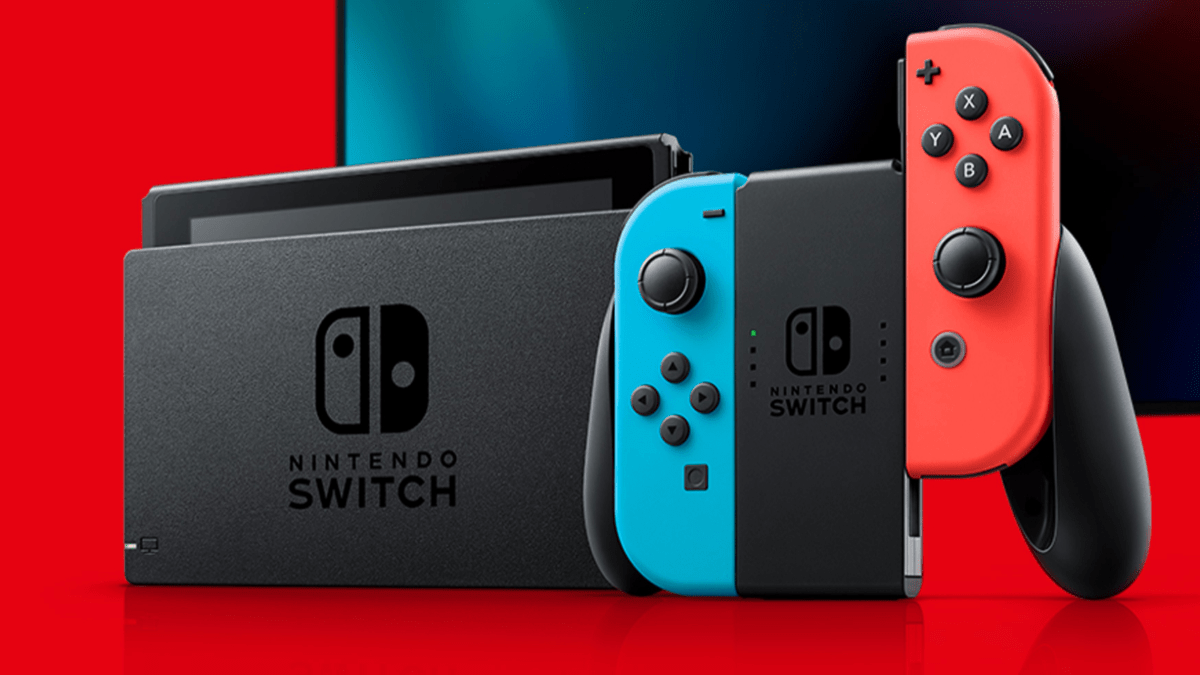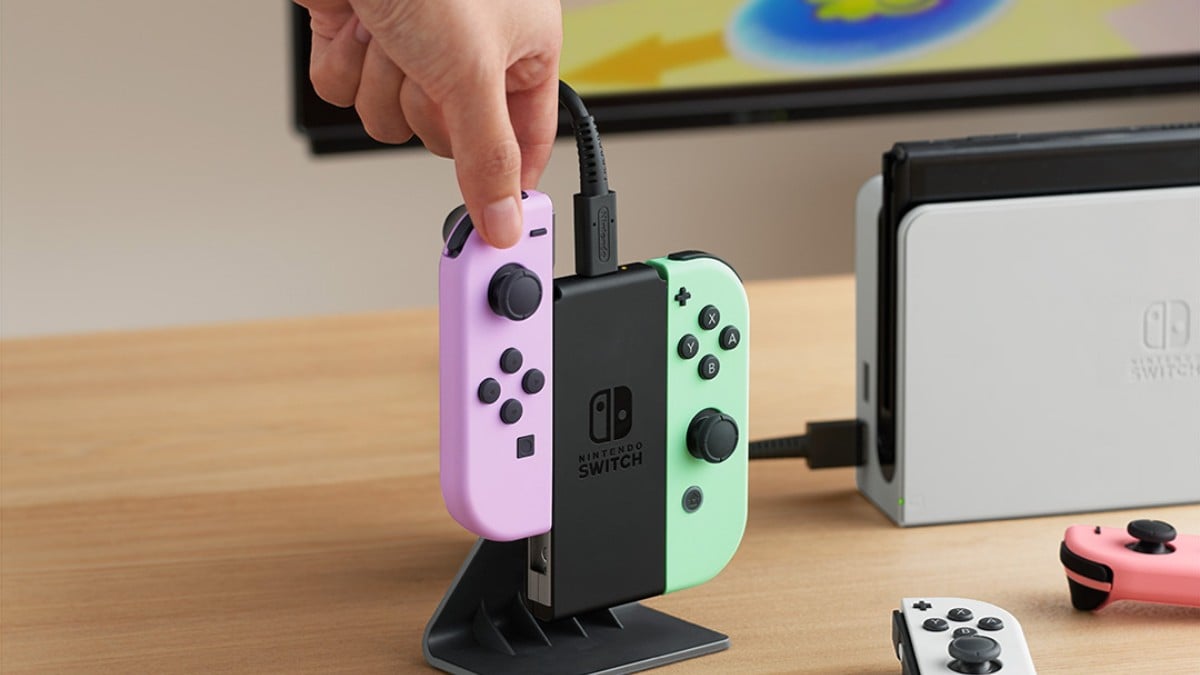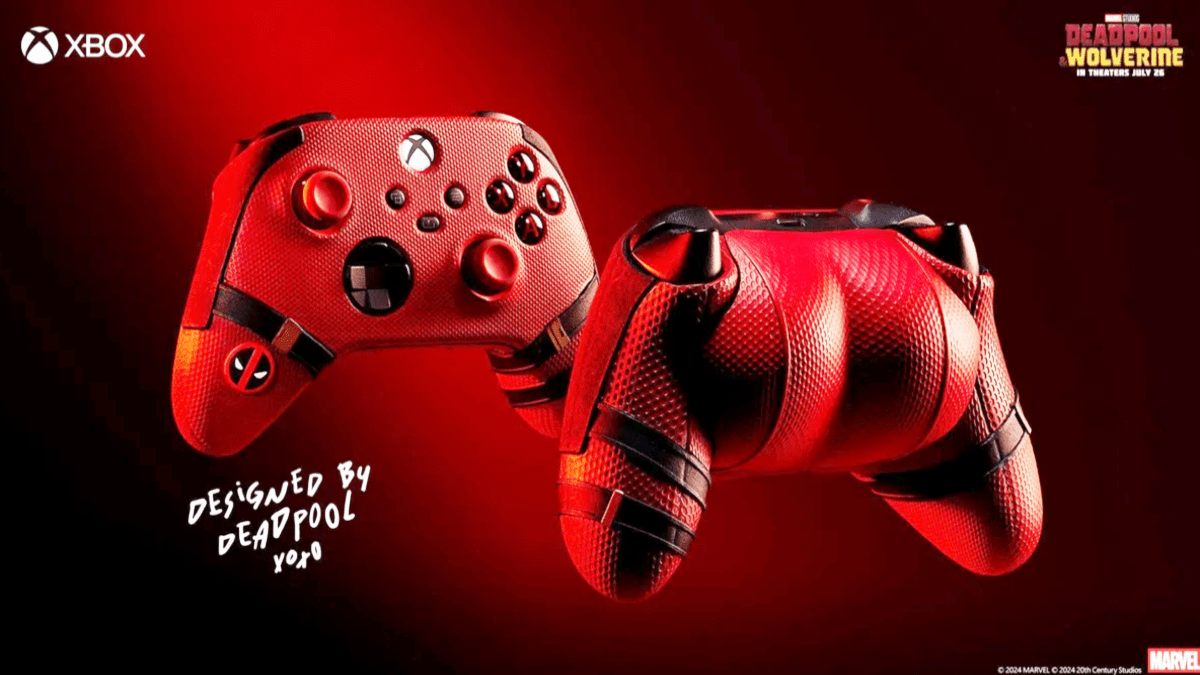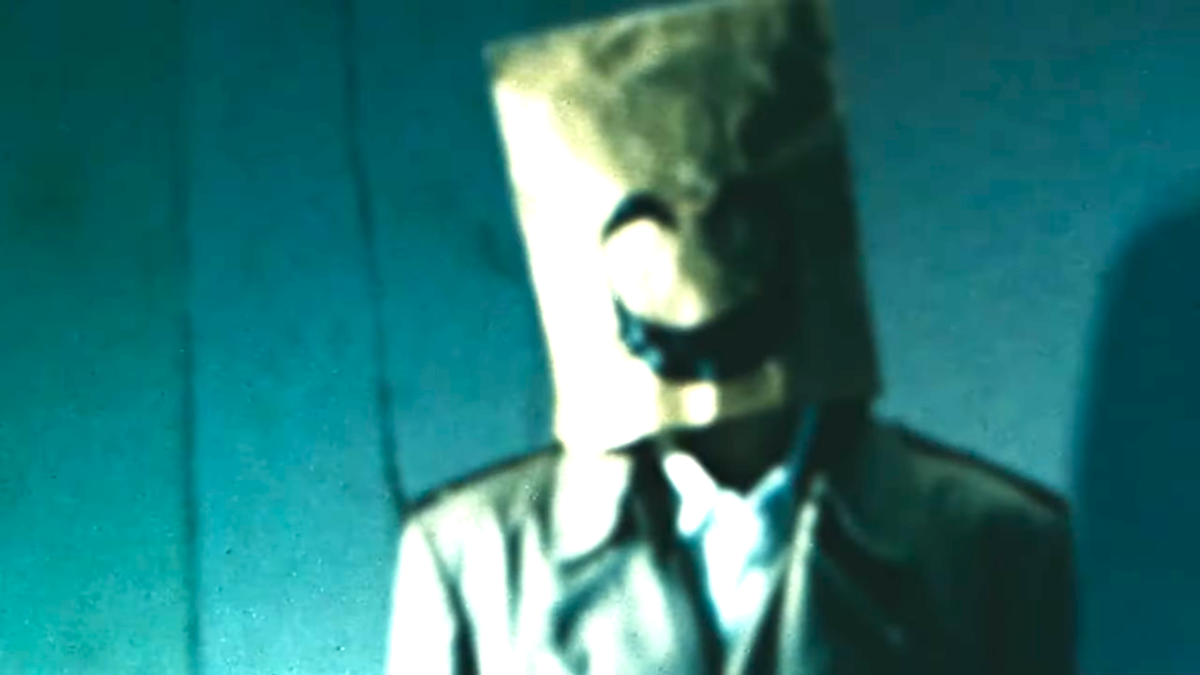
It was hard to know what to make of Skylanders: Spyro’s Adventure when it was announced last year. A loose reboot of the struggling Spyro the Dragon series combined with a unique character system built around physical toys, the title’s crazy concept seemed to many a gamble. And yet the final product was a fun, accessible and replayable action RPG of sorts; almost a kid-friendly version of such games as the Diablo series. Both the game and the accompanying toy line were major hits for Activision, so naturally, they have quickly followed it up with a full-fledged sequel in the form of Skylanders Giants. And while gameplay hasn’t been changed very much, some new touches of polish and personality do make it an improvement over its predecessor.
The major hook of the Skylanders franchise should be explained before anything else, and it works the same way in this as in the original title. Each Skylanders game comes with a USB accessory for your console of choice known as the Portal of Power, along with a few character figurines. Players plug the portal into their console, start the game, and are prompted to place one of the figurines on the Portal’s glowing base. Their character of choice will then spawn a controllable character in the game.
From there, players can explore levels and gain two major item types for their individual Skylander in the form of both money and experience points. Much like any traditional role-playing game, collecting enough experience from defeated enemies will eventually cause the Skylander to level up, and gain increased stats such as higher maximum health or higher attack damage. The coins can be spent at a fairy’s upgrade shop located in a hub the player can either quit the level to visit or automatically go to following each level’s completion. Here, both entirely new moves and enhancements to existing moves can be awarded to each Skylander for a certain asking price.
The really interesting fact here is that the individual data for each Skylanders’ unlocked moves, experience level, and current money stash aren’t saved to the players’ console like any other game. Each figurine has a microchip hidden in its plastic base that stores this information automatically. Not only that, but the figurines are compatible with every portal for every console the game is on. In other words, any player who has a friend that also owns the game can take their figures over and play on an entirely different system, while continuing to earn items via their figures’ chips.

As one might gather, this means that unique Skylander characters aren’t unlocked by playing through the game. They’re unlocked by purchasing physical toys at various game and toy retailers. On one side of the coin, this may come off as a money grab, especially since the toys average about $8 per figure. And yet, as someone who’s gradually built a collection of Skylanders for the original game over the past year, there is something very gratifying about finally getting your hands on a particular character. The novelty of putting them on the portal and seeing them warp into the game also doesn’t lose its coolness factor, especially since you can also remove and swap figures from the base at any time.
The plot of Skylanders Giants picks up soon after the end of the original. The diminuitive-but-determined antagonist of the first game, Kaos, has been sent to Earth and turned into a figurine as punishment for his attempt to conquer the realm of the Skylands. Unfortunately, he manages to break out of his hibernation and transport back home via a Portal of Power display in a toy store’s Skylanders section. He soon rebuilds his army and discovers the existence of a fallen empire from millenia past called the Arkeyans; an evil army of robots who held a powerful weapon in their grasp. Kaos sets out to find the resting place of the Arkeyans so that he can use their power to conquer Skylands once and for all.
The Skylanders, along with their non-playable comrades Flynn and Cali from the first game, soon find out about the villain’s return, and set out on a barely-working airship to stop him from succeeding. From there, the player will visit various environments with their characters and will take on various enemies to progress the plot and try to stop Kaos once and for all.
Much like the first game, there’s a surprising amount of dialogue used for exposition and forwarding the story. Unfortunately, much like the first, the way it’s delivered lacks some polish. Rather than try and properly lip sync and animate each character saying their lines, the models move in repetitive canned motions and flap their lips aimlessly. This is partially redeemed by some clever dialogue in parts and well-done voice acting, featuring voice actors such as Patrick Warburton of Family Guy and Seinfeld fame. It’s just unfortunate that the visual delivery falls flat.

Speaking of dialogue, a small enhancement comes from the Skylanders having their own lines. In the first game, the Skylanders’ voices were limited to when they warped into the game and when they performed certain attacks. Now, each of them let off little quips after leveling up, purchasing new moves, finding hidden items, and taking out a wave of baddies. Considering that there are over 40 Skylanders in total, that’s a decent amount of dialogue to record, and it’s a small but nice touch.
The basic gameplay of Skylanders Giants is generally identical to the first. Players take their character of choice and traverse through each environment, alternating between fighting legions of drones and the occasional boss, solving fairly simple puzzles, and destroying every object in sight for precious cash. No two Skylanders play alike, with some relying on projectiles and some relying on close-up melee attacks. This helps shape the overall experience to be unique for each player based on the figures they own.
One of the few gameplay shake-ups comes in the form of the titular Giants. The game is fully compatible with all the characters players bring over from the last title, but adds some new ones that are exclusive to this latest instalment. Several are the same traditional size, but eight of them are much bigger both in-game and in reality. These Giants have more costly figures that are about three times larger than a regular Skylander, and even light up when placed on the portal. They appear noticeably larger when put into the game, and while their increased size means they lumber about at a slower pace, it also means they have stronger attacks. Along with those, they have unique abilities that can lead to hidden paths and items. If you see a structure far away connected to a chain, a Giant can drag the chain in and snatch whatever loot is on it. If you see a barricade, you can often find a bomb and throw it to get rid of the obstruction, or you can simply bash through it with a Giant’s mighty punch.
The new dynamic the Giants bring to the gameplay isn’t exactly revolutionary, but it does add an interesting twist on how individual Skylanders control and function. Returning players who already have a portal don’t need to worry about shelling out extra cash for a Giant, either. The game has been released in two packages: One that contains the portal and two starter figures, and one that’s just the game. Both versions come bundled with Tree Rex, one of the Giants. It’s a bit of a relief to not have to pay extra to experience the game’s new hook.
This doesn’t apply to the rest of the game, though. Just like the original, Skylanders are individually assigned to one of eight specific elemental classes, such as Fire, Water, Undead, and Magic. Having multiple figures of the same type registered into the game will increase the damage those figures dish out. Also, each level contains numerous optional paths, some better hidden than others. These start with an indestructible gate adorned with a specific type’s symbol. The only way to lower the gate is to have a Skylander of the same type approach the gate. Also, each section of a level is assigned with a type that will do increased damage, as players are notified about when they enter.

This comes down to the premise that if players truly want to unlock everything, they’ll need at least eight unique Skylanders. Because of this, parents buying the game should take heed that if their kids get into the game, they’ll soon be clamoring to get more toys for it. On the bright side, nothing truly vital is behind these gates other than treasure chests full of extra money or stat-enhancing hats of varying goofiness that any Skylander can wear.
One of the things that gives the Skylanders series an addictive nature is the ability to replay levels with any character you own. Each level contains hidden goodies that you’ll probably miss the first time around, but there’s also the extra incentive to collect money and experience for any new characters you have. Not only that, but if you have any old Skylanders that already reached the first game’s level cap of 10, the limit now goes up to 15, so you still have a reason to play with them. The overall quest isn’t quite as long as the original, with 16 levels as opposed to 22 last time, but the overall level length does seem a bit longer.
Players can also do one-on-one arena battles against each other via multiplayer. Unfortunately, the series still lacks online play for those who don’t have any fellow Skylanders fans near them. While it’s understandable that Activision avoided this aspect to shelter younger players from trash talkers common to services like Xbox Live, it’s still an unfortunate omission.
In terms of presentation, the game trumps an appealing art style over truly pushing the graphical polish to the limit. The Skylanders all have unique designs and good animations to add to their individual appeal, and the idea for the landscapes, comprised of floating land structures like Avatar taken to the next level, makes for some captivating fantasy backgrounds at points. Just don’t expect a huge amount of polygons or super high-res textures at any point other than some prerendered FMVs during the story’s progression. The fact that the game was developed concurrently for the Wii alongside other systems might have had something to do with this, but the overall look is charming enough that it’s easy to forgive this aspect.
Those who enjoyed the first Skylanders release are almost guaranteed to like this sequel just as much, if not more. Despite containing some of the same flaws the first had, Skylanders Giants makes some incremental but noticeable improvements to the formula and offers a good time for players of all ages. How much you end up getting out of it will depend on how much you’re willing to spend, but if you’re like me and get enjoyment out of building a collection and gradually powering each character up, it will be worth it.
This review is based on the XBOX 360 version of the game.








Published: Oct 27, 2012 07:41 pm